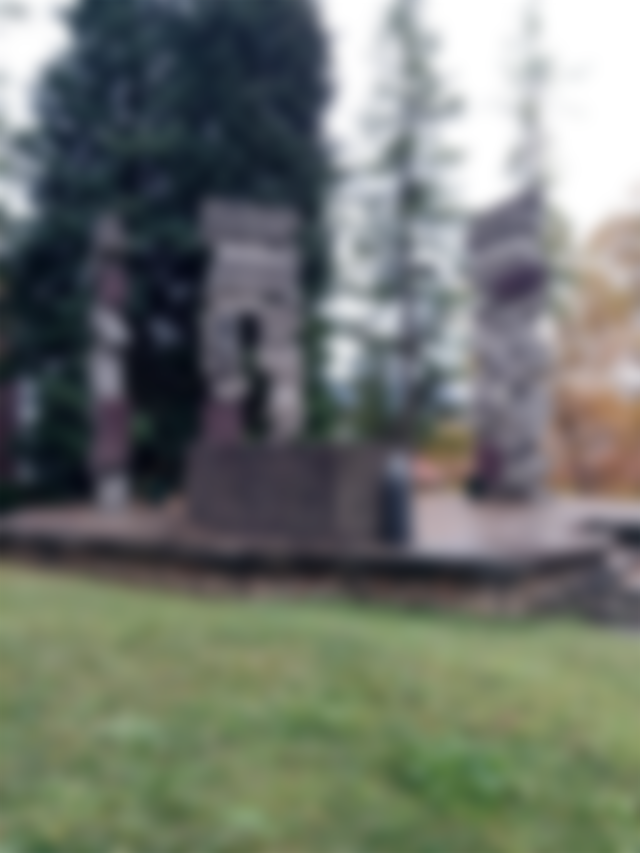This commemoration was established in 1919 in memory of the victims of the First World War.

On 3 November 1918 with the armistice of Villa Giusti in Padua, Italy ended the war against the Austro-Hungarian Empire. The armistice sanctioned the victory of the Triple Entente (United Kingdom, France and Russia) to which the Kingdom of Italy was allied and granted it the territories of Trentino-South Tyrol and the city of Trieste, thus ideally fulfilling the Risorgimento dreams of national unity. The fighting poet Gabriele D'Annunzio called it the "mutilated victory" because the initial agreements would not be respected and many territories conquered in battle were not annexed to Italy (such as Dalmatia and the city of Rijeka). It was therefore established in 1919 and has the peculiarity that it is the only bank holiday always commemorated, both during the monarchy, under fascism and then in republican Italy. Suspended in 1977 as a festivity and considered a working day, it has regained interest and importance in the last decades as a commemoration in memory of the fallen of all wars and to pay homage to the Armed Forces of our country, in order to strengthen the values of the homeland and the sense of duty, values unchanged over time in all our soldiers.
Tomb of Unknown Soldier

It was precisely at the end of the First World War that the communities (certainly stimulated also by the political ideology of the time) began to erect monuments to pay homage to their own concidentines who had died on the battlefields. Monuments also of a certain architectural and artistic interest, which should ideally remind posterity of the sacrifice for the homeland, bearing the names of the deceased soldiers or phrases reminiscent of their heroism. In every city or inhabited centre, there is almost always one, this is the one close to my house.






are you from italy author?